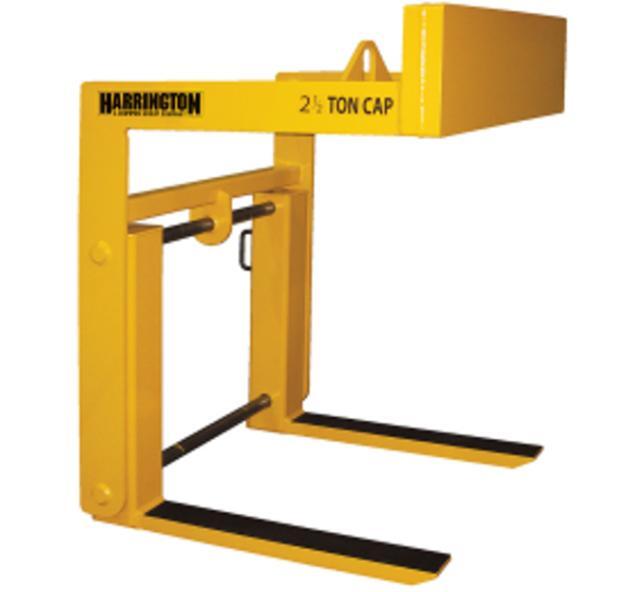Below the Hook Lifting Devices
Below the hook lifting devices are engineered attachments that connect directly to the hoist hook to safely lift, move, and position loads that can’t be handled by standard rigging equipment. These specialized tools are essential for improving safety, control, and efficiency in material handling operations across industrial, construction, and manufacturing settings.
Key Features & Benefits:
• Wide Range of Solutions: Includes lifting beams, spreader bars, coil lifters, sheet lifters, pallet lifters, drum handlers, and magnet lifters—each designed for specific load shapes, sizes, and handling challenges.
• Improved Load Stability: Devices are engineered to balance the load evenly, reducing the risk of shifting or tipping during lifting operations.
• Enhanced Safety: Many below the hook devices include locking mechanisms, adjustable slings, integrated shackles, and compliance with ASME B30.20 safety standards for secure lifting and worker protection.
• Custom Capacities & Configurations: Available in capacities ranging from a few hundred pounds to over 50 tons, with custom lengths, hook spacing, and designs to meet your application requirements.
• Durable Construction: Built from high-strength alloy steel, with protective coatings to resist wear and corrosion in harsh environments.
Common Applications:
Used in steel service centers, construction sites, machine shops, warehouses, foundries, and shipping facilities, below the hook lifting devices handle loads that require special gripping, orientation, or support.
Whether lifting irregular loads or improving workflow precision, below the hook equipment offers a safe, efficient, and reliable solution to elevate your lifting operations.


